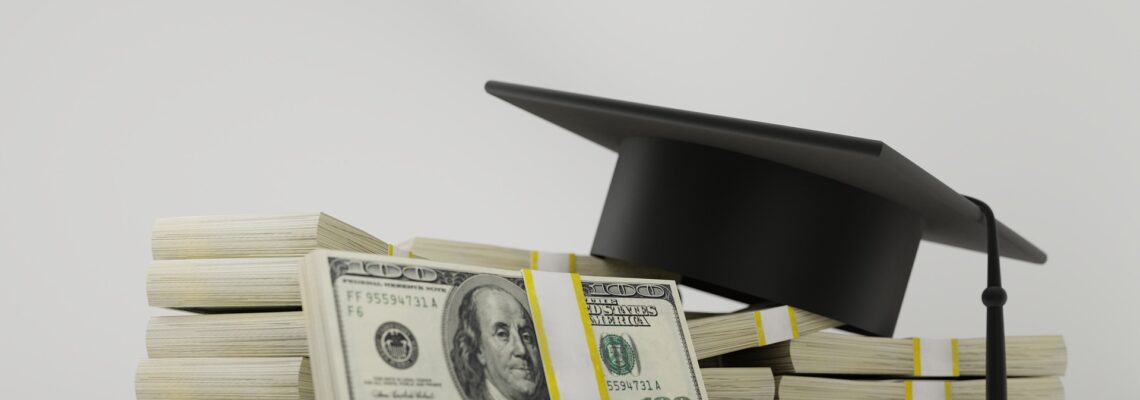By Phil Kerpen
President Joe Biden isn’t waiting for the Supreme Court to decide on his last $400 billion student loan bailout before rolling out another, even more costly plan. (Oral arguments on the first Biden student loan bailout are February 28, and it has been blocked by lower courts for now.) Biden’s new plan to force taxpayers to pay for other people’s college is as legally and morally bankrupt as his old plan – and may prove even more expensive.
The new Biden proposal would force taxpayers to cover the full cost of college except for nominal monthly payments capped at a maximum of 5 percent of income above 225 percent of the federal poverty level. This year, 225 percent of the federal poverty level is $67,500 for a family of four.
The nominal payments would end after 20 years for undergraduate loans (10 if qualified for the Public Service Loan Forgiveness program, or if they borrowed less than $12,000) and 25 years for graduate loans, with the remaining balance covered by taxpayers. Many borrowers could pay literally zero many months under this plan, forcing taxpayers to cover the full amount of tuition.
An analysis by the liberal Brookings Institution found that 85 percent of student loan borrowers would make reduced payments under this plan, and fully half of all student loan balances would be dumped on taxpayers.
The Biden administration claims this will cost taxpayers $138 billion — no small sum — but that is based on the obviously false assumption that there would be no behavioral changes. Analysis by Penn-Wharton put the price tag at more than $450 billion.
While undergraduate loan amounts are capped, graduate loans are potentially unlimited, making it likely that in many low-paid fields, graduate tuitions could be raised to any amount with both the school and students secure in the knowledge that all but the limited 5 percent payments would be absorbed by taxpayers.
Even for undergraduate programs, the heftiest subsidies go to the lowest paying fields, where students can get a free ride because their future earnings will never be high enough to make payments. Brookings notes: “Want a free ride to college? You can have one, but only if you study cosmetology, liberal arts, or drama, preferably at a for-profit school. Want to be a nurse, an engineer, or major in computer science or math? You’ll have to pay full price.”
With these perverse incentive effects, it’s possible that this plan could end up being much more costly than any of the estimates, perhaps north of a trillion dollars or more over a decade.
Can the president spend that kind of money on his own authority? My Constitution still says that Congress has the power of the purse.
The political bet by the administration is that the tens of millions of people who benefit will be far more grateful than the hundreds of millions of people who will pay, likely in the form of higher inflation as the extra debt burden is monetized by the Federal Reserve. That might be good politics, but it is morally unjustifiable.
The sole improvement from the first Biden loan bailout is that the new plan has been proposed as a rule in the Federal Register and the Department of Education is accepting public comment – last time they tried to spend $400 billion with just a press release and a frequently asked questions website. That gives the public an opportunity to weigh in, and perhaps taxpayers who will be forced to foot the bill will make their voices heard. But if the Biden administration plows ahead with this plan, House Republicans should make language to block it one of their must-haves this year.

